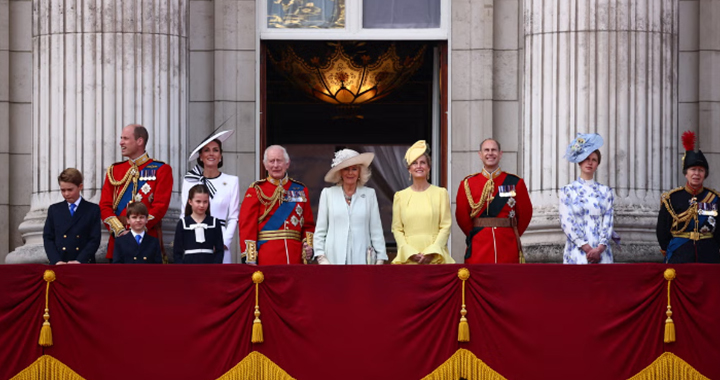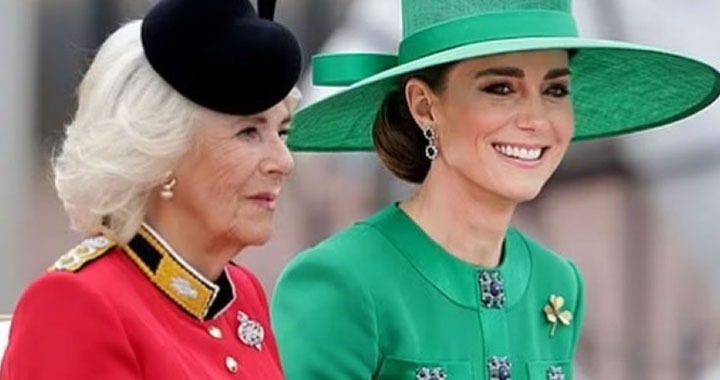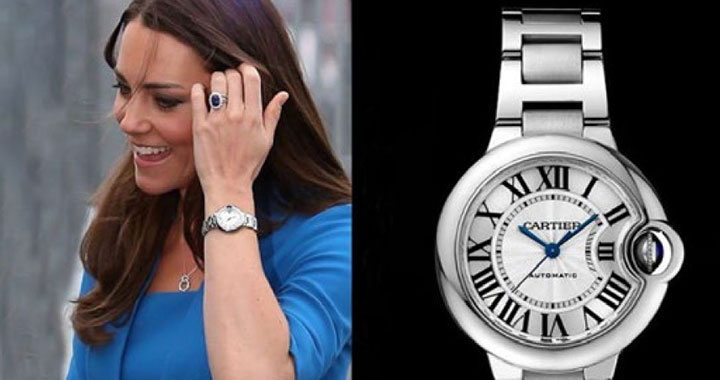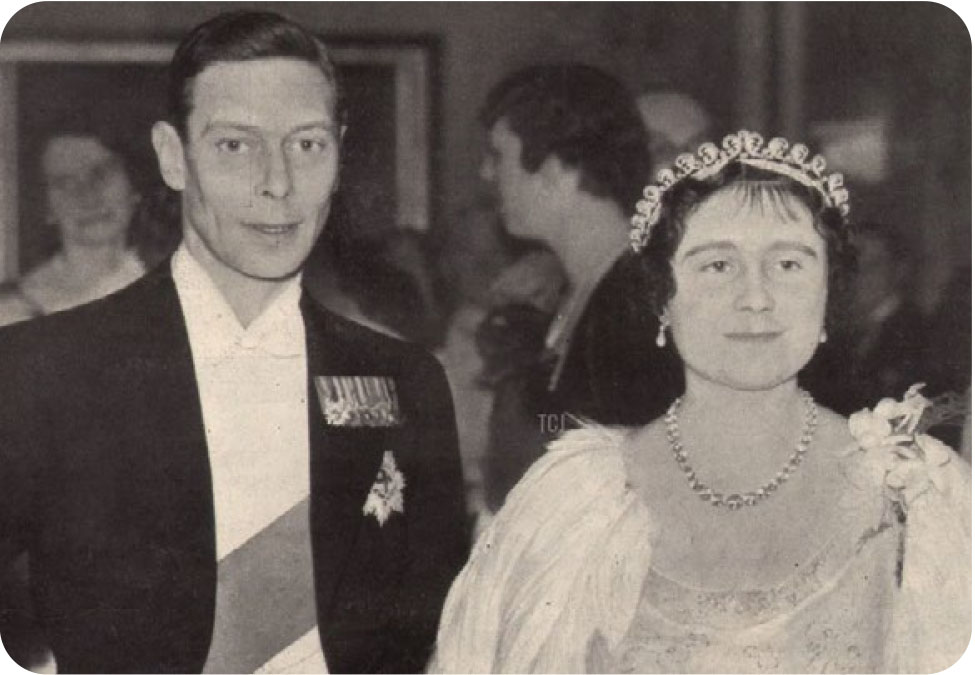From Everyday Mum To Future Queen, A Jewel For Every Occasion
It all started with a proposal…
One of the most famous items of jewellery the Princess of Wales has come to possess, is the “Royal Blue” sapphire engagement ring, which belonged to her mother-in-law, the late Princess Diana. It is probably the most famous sapphire, weighing 12 carats and set within a surround of brilliant-cut diamonds.
In 1981, chosen by the then Prince Charles, for Diana, from the official royal jewellers Garrard, the sapphire ring cost £50,000. Because of the provenance and history of the ring, it has become a priceless piece of jewellery, but one could estimate its current price to be around £500,000.

The world’s most expensive sapphire to sell at auction was sold at Sotheby’s Hong Kong on the 7th October 2015. It weighed 27.68 carats of natural Kashmir origin and made $6,702,564, $242,415 per carat.
For her wedding, Queen Elizabeth II lent the Cartier Halo Tiara to the Duchess. It was made in 1936 and comprises of 739 brilliant-cut diamonds and 149 baguette-cut diamonds, and it was purchased by King George VI (then still Duke of York) for his wife, Elizabeth (who we all know better as the Queen Mother), which she wore to a charity ball at Claridge’s in London, their first gala outing since the official ending of the lengthy court mourning period for the late King George V.


To match Catherine’s engagement ring, the Duke of Cambridge gifted a pair of sapphire and diamond cluster earrings from his mother’s personal collection. The Princess simply had them altered to be drops rather than clips.

The Princess is often seen combining her engagement ring with a classic 33mm Cartier Ballon Bleu wristwatch. Mounted in stainless steel, it is decorated with Roman numerals, fluted crown with a synthetic spinel cabochon, silvered guilloché opaline dial, blued-steel sword-shaped hands, sapphire crystal and steel bracelet. It currently retails for £5,400.

When Catherine gave birth to Prince George, Prince William gifted her the Eclipse diamond ring by Annoushka. It is set with 0.23ct total of diamonds and retails at £1,500.

She wears it in combination with her engagement ring.
For the arrival of Princess Charlotte, the then Duke of Cambridge this time choose another designer, Kiki McDonough, and gifted the Duchess a pair of green tourmaline and green amethyst drop earrings.

She was first spotted wearing these during the couple’s tour of India in 2016. Though these were made-to-order for the Princess, you can currently get a pair of similar earrings (below) from the designer for £3,700. These are green amethyst and diamond earrings, mounted in yellow gold.

The Princess owns several pieces by the designer: 18 pairs of earrings and three necklace to date.
Here are some examples:


The Princess has jewellery for every occasion, as can be expected. Her everyday jewels include the above by designer jewellers, but Catherine also favours high street jewellery, such as the below by Accesorize.

These are no longer available but can be found on eBay ranging from £48 to a whopping £96.96 (plus £10.77 for postage!).
It was rumoured that when Prince Louis was born, the Prince gave Catherine a citrine ring, but it was discovered by fans that the Princess had previously worn it in 2008 while celebrating her birthday.

The ring is beautiful and has meaning for the Princess. She was also seen wearing it for the premiere of the last James Bond film, No Time to Die, to match the golden sequinned gown by Jenny Packham.
Perhaps my favourite dress worn by the Princess.

When the Princess is not at a red carpet event or formal gala, the mother of three has been seen to wear a necklace by Spells of Love retailing for £85, suspending three medallions with the initial of each child.

Catherine also wears a Merci Maman necklace gifted to her by her sister, Pippa, after the birth of Prince George in 2014.

For more formal wear, the Princess has been seen wearing brooches, tiaras and exceptional necklaces, such as the four-row pearl chocker, created using a collection of cultured pearls gifted to the Queen by the Japanese government which Catherine wore to Prince Philip’s funeral in April, 2021. In mourning, the Royals don’t wear colour, so pearls are pure, white, and unflashy. This tradition comes from Queen Victoria, who did not want to wear any colour following the death of her husband Prince Albert.

The late Princess Diana also wore it to a state banquet in the Netherlands.
A very sombre then Duchess of Cambridge wore the historical chocker for the Queen’s funeral earlier this year.

The Princess combined the tiara worn by the late Princess Diana (above) with her engagement ring of course but also the Royal Family Order brooch, representing the late Monarch within a diamond surround.

The tiara, called the Lover’s Knot tiara, was lent to Diana as seen below, then went back to the Queen, and upon her passing, is now worn exclusively by Princess Catherine.

Several of Queen Elizabeth’s II jewels will have been passed down to the Queen Consort and several to Catherine.

Recently, the Princess wowed us with this stunning emerald and diamond choker. She stepped out at the Earthshot Prize Awards in Boston in a bright green gown by Solace London, paired with an emerald-and-diamond choker, once owned by Princess Diana. The choker itself was first owned by Queen Mary in 1911, and later presented to Diana as a wedding gift to Prince Charles in 1981.
In this year’s Christmas pictures, the Princess wears a pair of ruby and diamond cluster earrings, made by Soru in Turkey, and retail for £145.

Whatever the occasion, Princess Catherine never disappoints with her exquisite outfits and matching jewellery. And on this special occasion, I wish her a very Happy Birthday.



























































